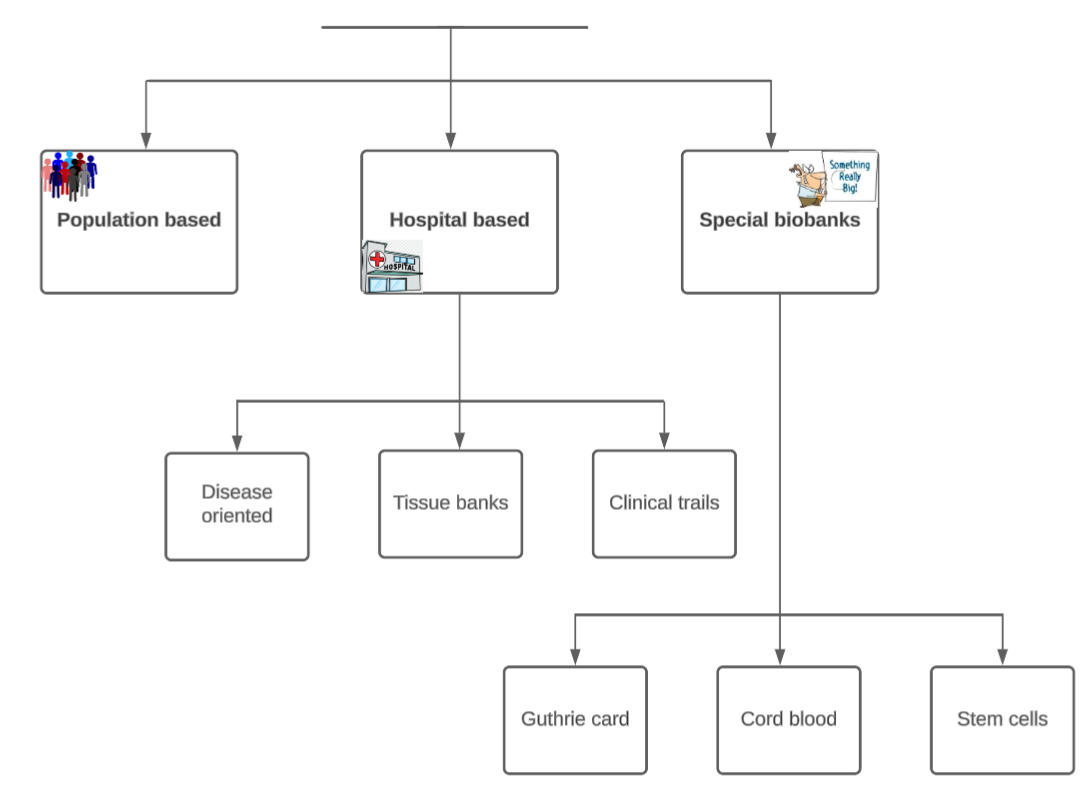What is a biobank?
A biobank is defined as a collection of biological materials and their associated data. These data may include various types of donor information (e.g., participant characteristics, sex, age, preanalytical processing steps, diagnoses, etc.). Since such collections are subject to dynamic processes, it is important to note that biobanks do not represent static archives. Rather, they constitute a key infrastructure that is continuously being built up or adapted and in which materials are frequently accessed and used.
Furthermore, biobanks can be categorized into different groups depending on their scope or specialization. On a larger scale, population-based and hospital-based biobanks are of particular importance. Population-based biobanks are characterized by the collection of samples and related data from healthy individuals, whose health status is then monitored over an extended period. These types of biobanks serve as valuable resources for epidemiological research. In contrast, hospital-based biobanks are disease-oriented collections that support clinical research through sample logistics within the context of clinical studies.
Currently, there are more than 200 biobanks across Europe. The majority of these are affiliated with public institutions or research organizations. A common feature of academic biobanks is the collection and processing of biological materials and associated data, which are subsequently used in scientific research. To establish an academic biobank at the Medical University of Vienna, a positive vote from the local ethics committee is required in order to comply with national regulations.
The need for and establishment of new biobanks has emerged largely in response to the high number of non-reproducible research results. These irreproducible findings are often attributed to poor quality or incorrect processing of biological materials (Freedman et al.). Increasingly, research institutions are establishing biobanks with the necessary expertise to process biological specimens and data using standardized, evidence-based protocols, thereby providing high-quality resources for biomedical research.
